If you run a small business in Australia, chances are you rely on Google reviews more than you realize. A couple of great reviews can boost your visibility. A few bad ones can hurt your reputation. But what happens when Google suddenly bans your ability to collect or show reviews? It’s happening more often, and most small businesses don’t see it coming.
In this guide, we’ll break down exactly why Google bans reviews, how it happens, what you can do to prevent it, and safer ways to grow your reputation without getting penalized.
Why Google Reviews Matter in Australia
Online reviews have become part of everyday decision-making in Australia. Whether it’s choosing a café in Melbourne or a plumber in Perth, reviews influence buyer choices. A recent study found that 94% of Aussie customers read reviews before visiting a local business.
And Google is king. It’s the first place people look, and showing up with 5-star feedback can make or break your next sale. Reviews can make or break your business, and therefore, they matter the most in Australia, just like any other place in the world.
Google Review Ban and Common Mistakes
Google bans or removes reviews for a few common reasons. These might seem small, but these mistakes can put you in a lot of trouble.
Let’s have a look at some of the triggers:
-
Suspicious review activity, like many reviews coming in all at once.
-
Reviews from unrelated locations or IP addresses
-
Incentivized reviews, offering discounts for feedback
-
Fake or duplicate reviews
If Google sees any of these patterns, it may wipe out all recent reviews or even suspend your profile from accepting new ones. Many Aussie small businesses unknowingly put themselves at risk by making these mistakes:
-
Asking only happy customers for reviews and ignoring the rest
-
Using the same device or email to post multiple reviews
-
Paying shady providers for bulk 5-star reviews
-
Offering a freebie or discount in exchange for a positive review
Even if you mean well, Google’s system picks up on these things fast. It's better to know about them and avoid them completely.
Google’s Review Policy: What’s Allowed and What’s Not
Here’s what Google’s policy clearly says:
|
Allowed |
Not Allowed |
|
Asking any customer (happy or not) for a review |
Offering rewards or discounts for reviews |
|
Using QR codes or review request tools to collect feedback |
Filtering reviews to only get 5-star ones |
|
Replying to reviews publicly |
Creating fake profiles to leave reviews |
Breaking these rules can result in Google deleting your reviews—or worse, flagging your entire business. So, take a note a follow it religiously.
Signs That Your Business Might Be at Risk
Watch out for these red flags. These might seem normal, but catching on to them early can give you a lot more time to do damage control.
-
Your review count suddenly drops.
-
You get no new reviews, even though customers say they posted them.
-
Google marks some reviews as “spam.”
-
You receive a warning in your Business Profile dashboard.
If any of this sounds familiar, it’s time to act. As soon as you experience any of these, you can take some steps towards damage control.
Here are some tips that can help you:
-
Ask everyone, not just happy customers
-
Space out requests instead of mass-sending them
-
Use review tools that comply with Google’s rules
-
Avoid using the same Wi-Fi or device to post reviews
-
Never pay for fake reviews
Legal Risks of Fake Reviews in Australia
Under Australian law, posting fake reviews is illegal. The ACCC (Australian Competition and Consumer Commission) has fined businesses for misleading reviews.
According to the law in Australia, businesses can be fined up to $1.1 million if caught creating or encouraging fake reviews. Even if you hire a third-party agency, you’re still responsible for what they do.
So, what to do if your reviews get removed?
First, don’t panic; It happens. Try these steps to manage the damage:
-
Appeal to Google through the "Support" option in your Business Profile.
-
Gather proof that the reviews were real (like receipts or email confirmations).
-
Contact customers to repost their review if they’re willing.
-
Audit your past review activities and stop anything that violates policy.
Here are some safer ways to collect Google Reviews (The Smart Way)
-
Add QR codes on receipts, tables, or checkout counters.
-
Use email or SMS follow-ups after a sale.
-
Include a simple "How was your experience?" card with the review link.
-
Use reputation management platforms like BuyReviewz to stay compliant and buy genuine Google reviews from real, active accounts.
These methods keep your account safe while still helping you build visibility.
Conclusion
Google reviews are too important to leave to chance, especially in the Australian market, where trust plays a huge role. Playing by the rules may feel slower, but it’s the only sustainable way to build your reputation. One bad move and years of reviews could disappear overnight.
At BuyReviewz, we help small businesses build and manage their Google reputation the right way. No fake reviews. No shady tactics. Just clean, effective tools to help you collect, monitor, and respond to customer feedback safely. From smart automation to custom review templates, we’ve got you covered, whether you’re a coffee shop in Sydney or an auto shop in Brisbane.
Visit BuyReviewz to learn more about how they can help you grow your online reputation, without risking a Google review ban.
Know the risks, stay compliant, and use smart tools to help you grow!
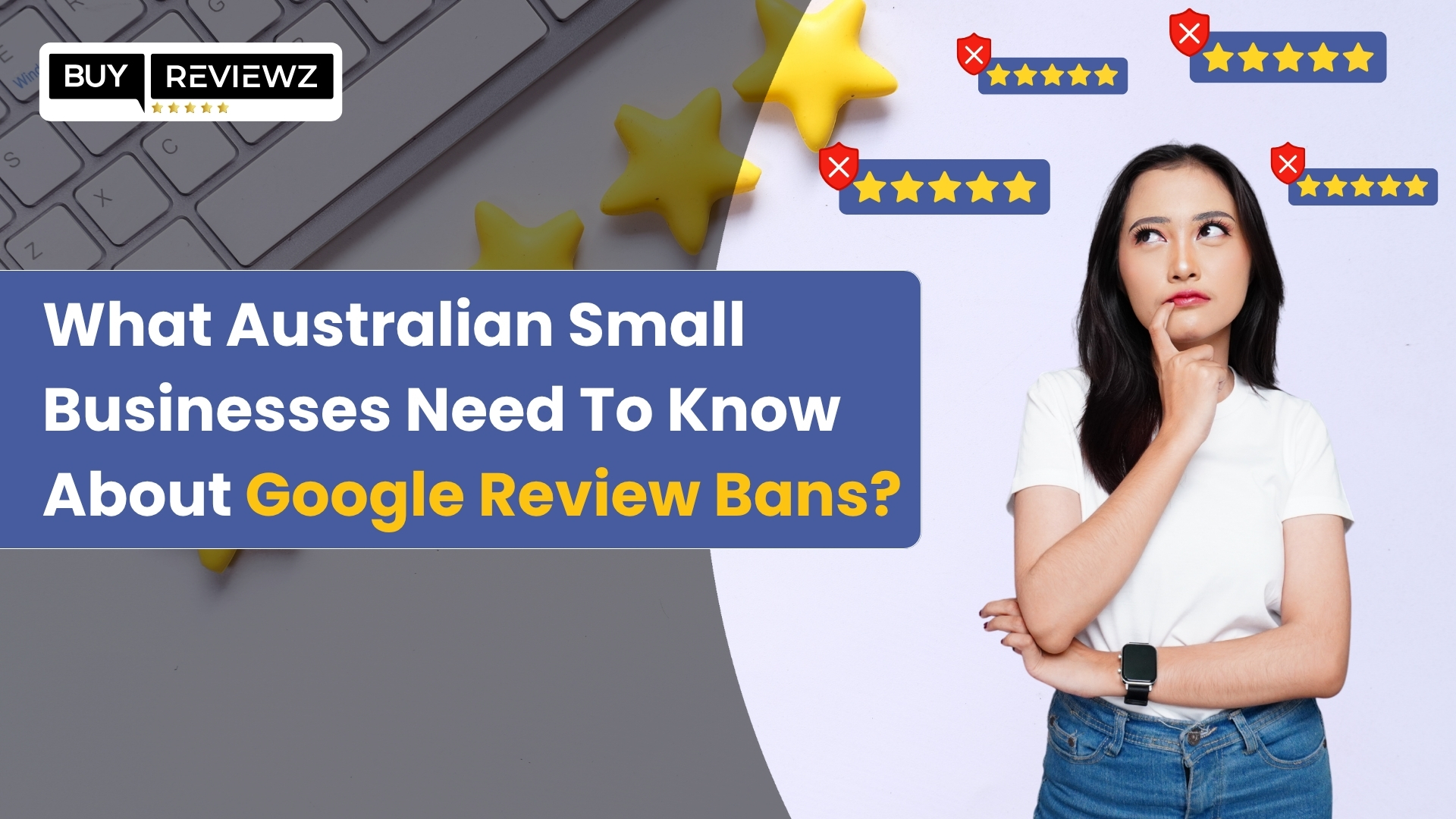

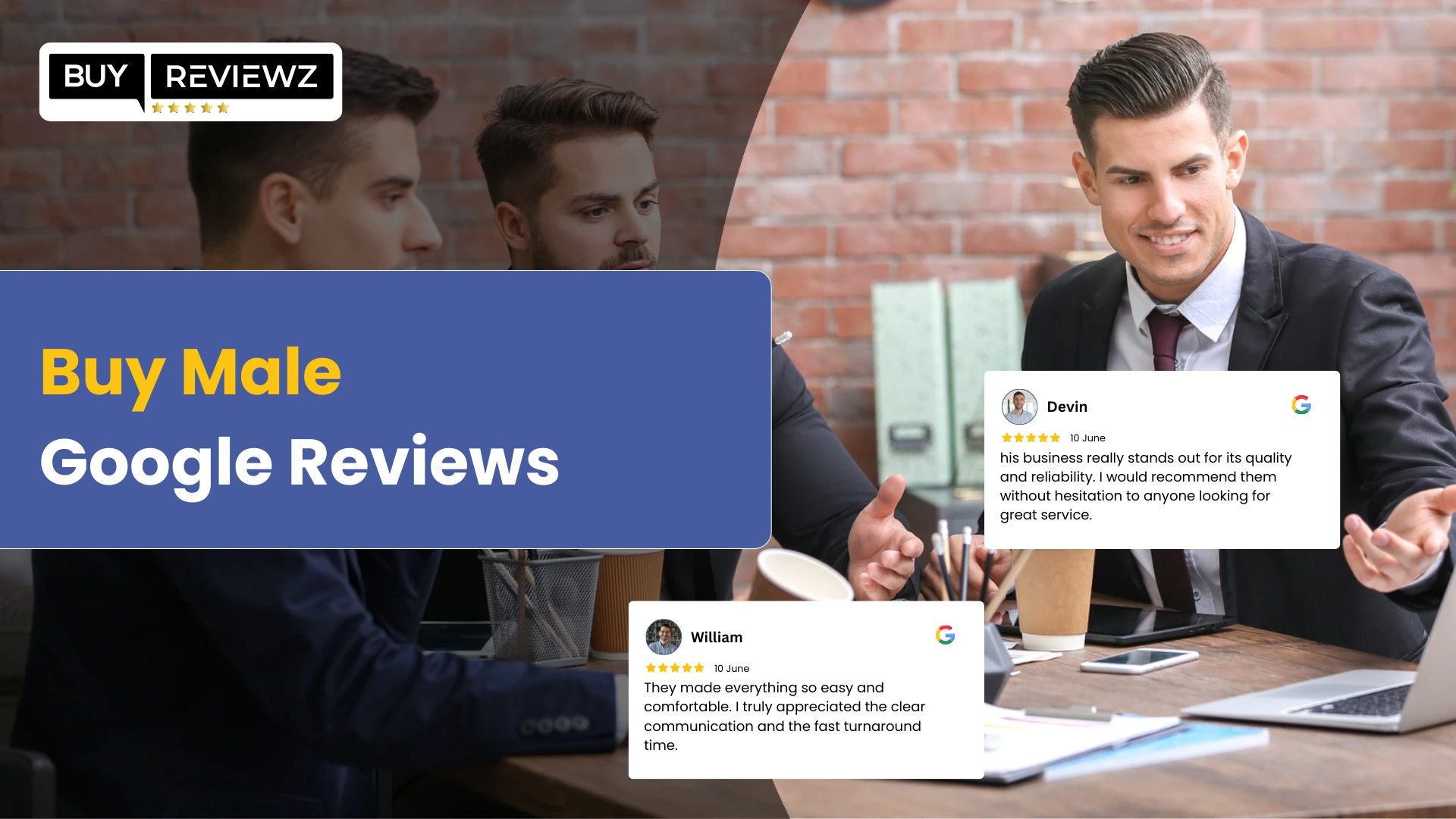

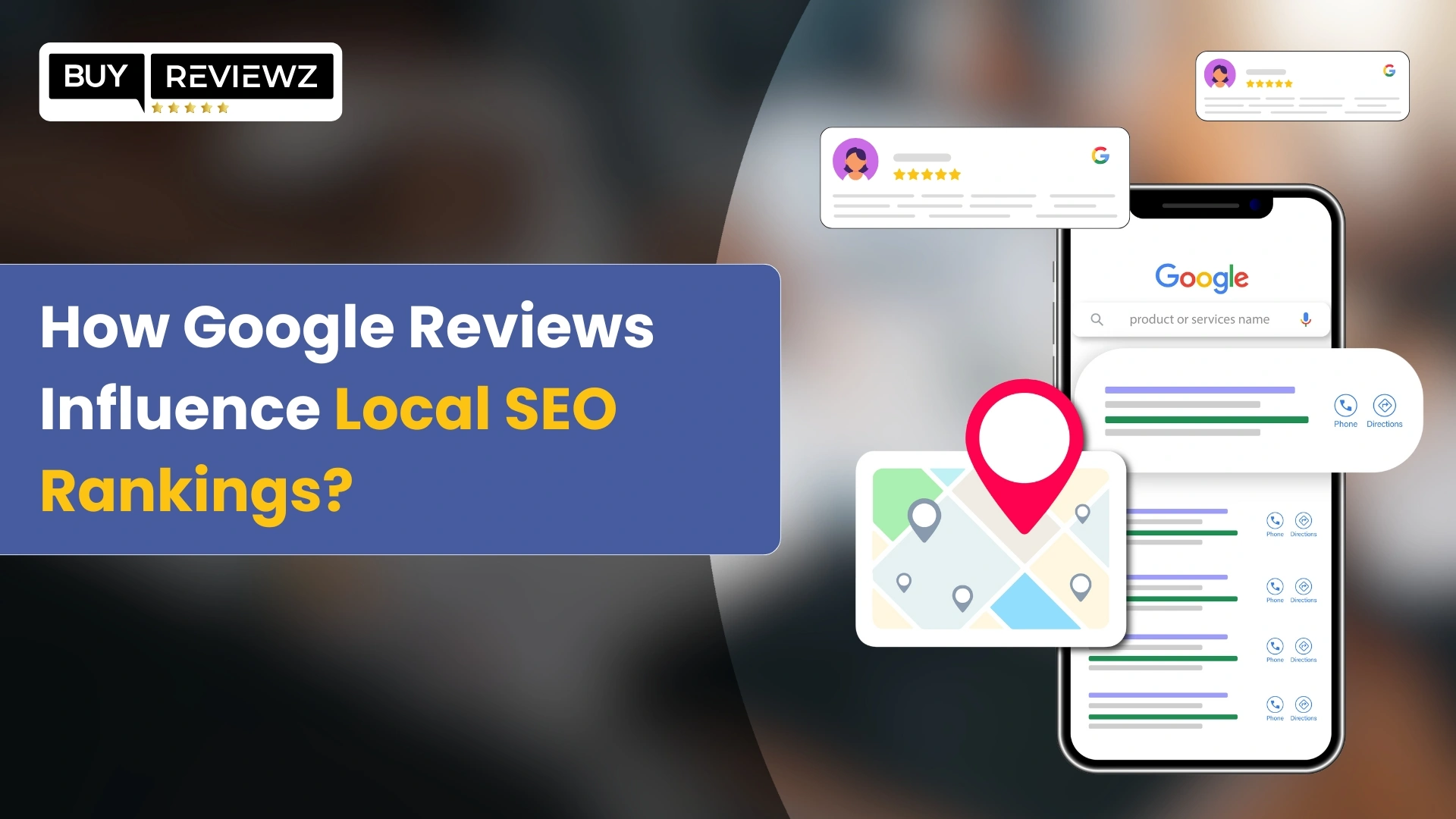
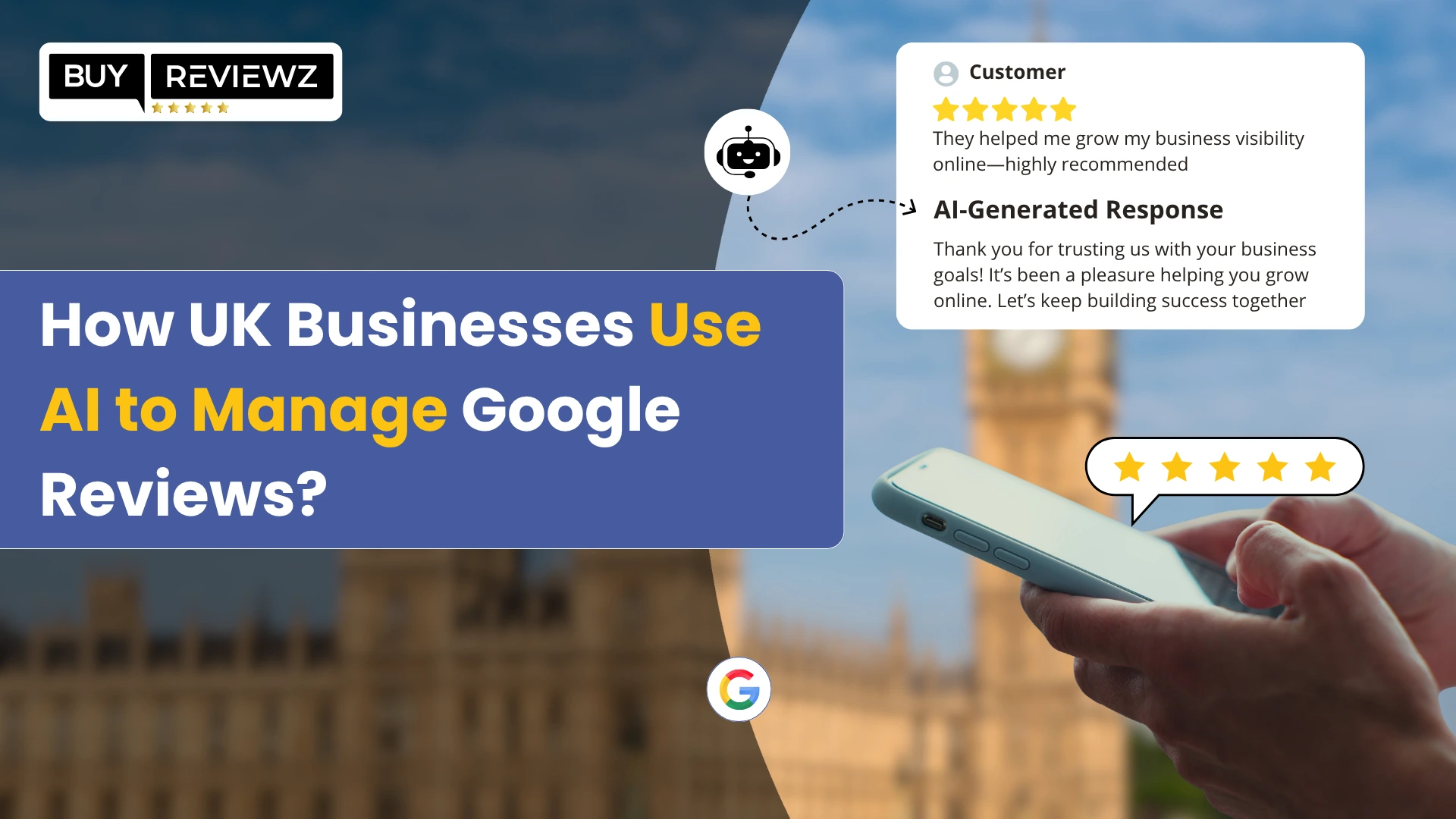

 Google Business Reviews API: A Complete Guide
Google Business Reviews API: A Complete Guide
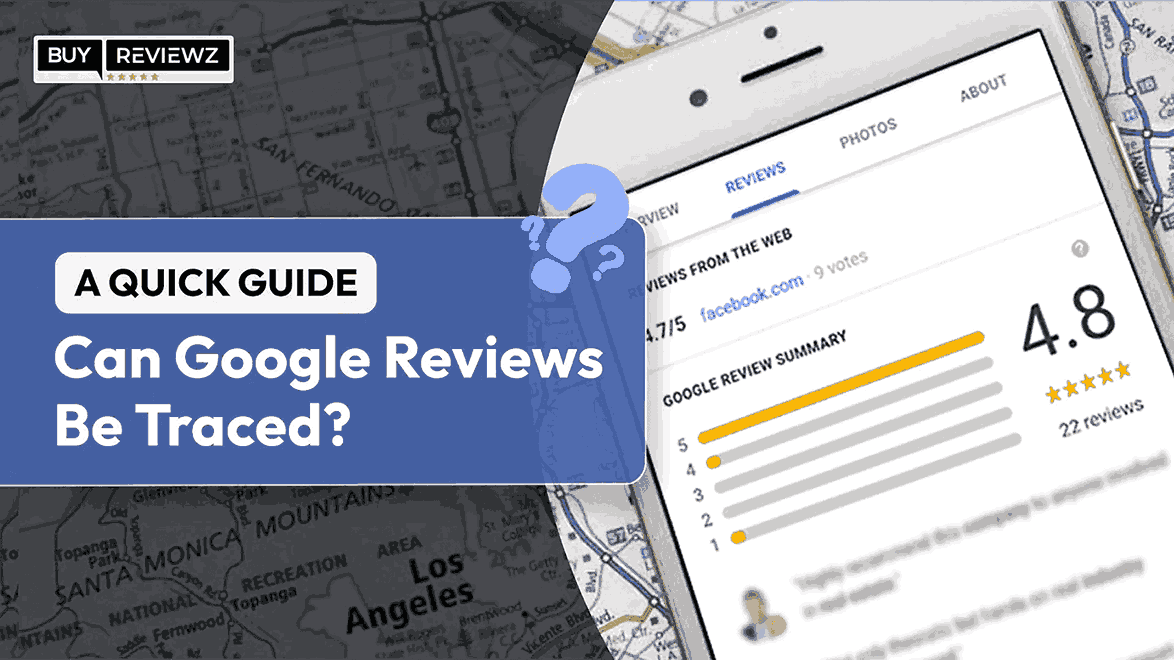 Can Google Reviews Be Traced? A Quick Guide
Can Google Reviews Be Traced? A Quick Guide
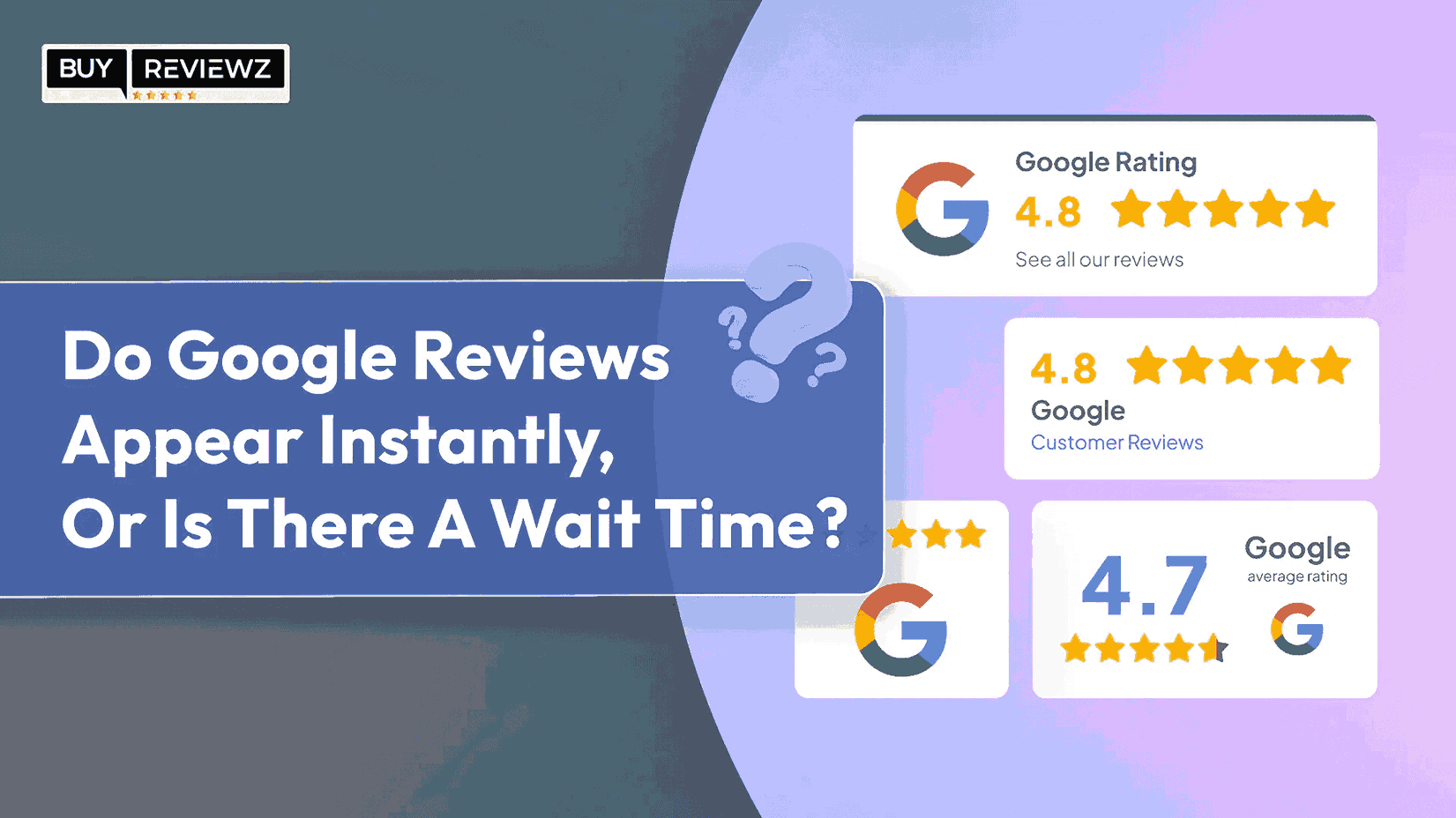 Do Google Reviews Appear Instantly or Is There A Wait Time?
Do Google Reviews Appear Instantly or Is There A Wait Time?